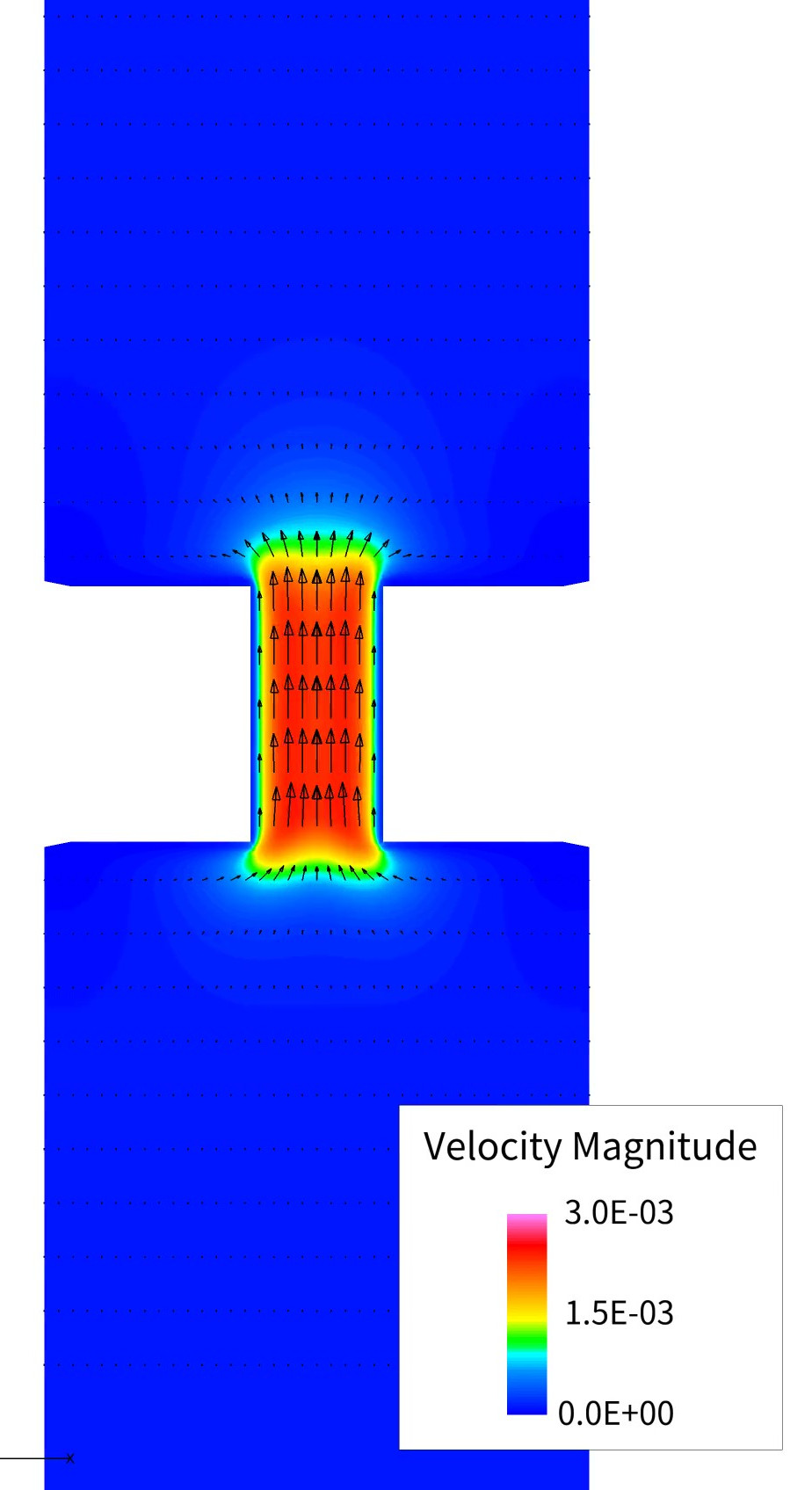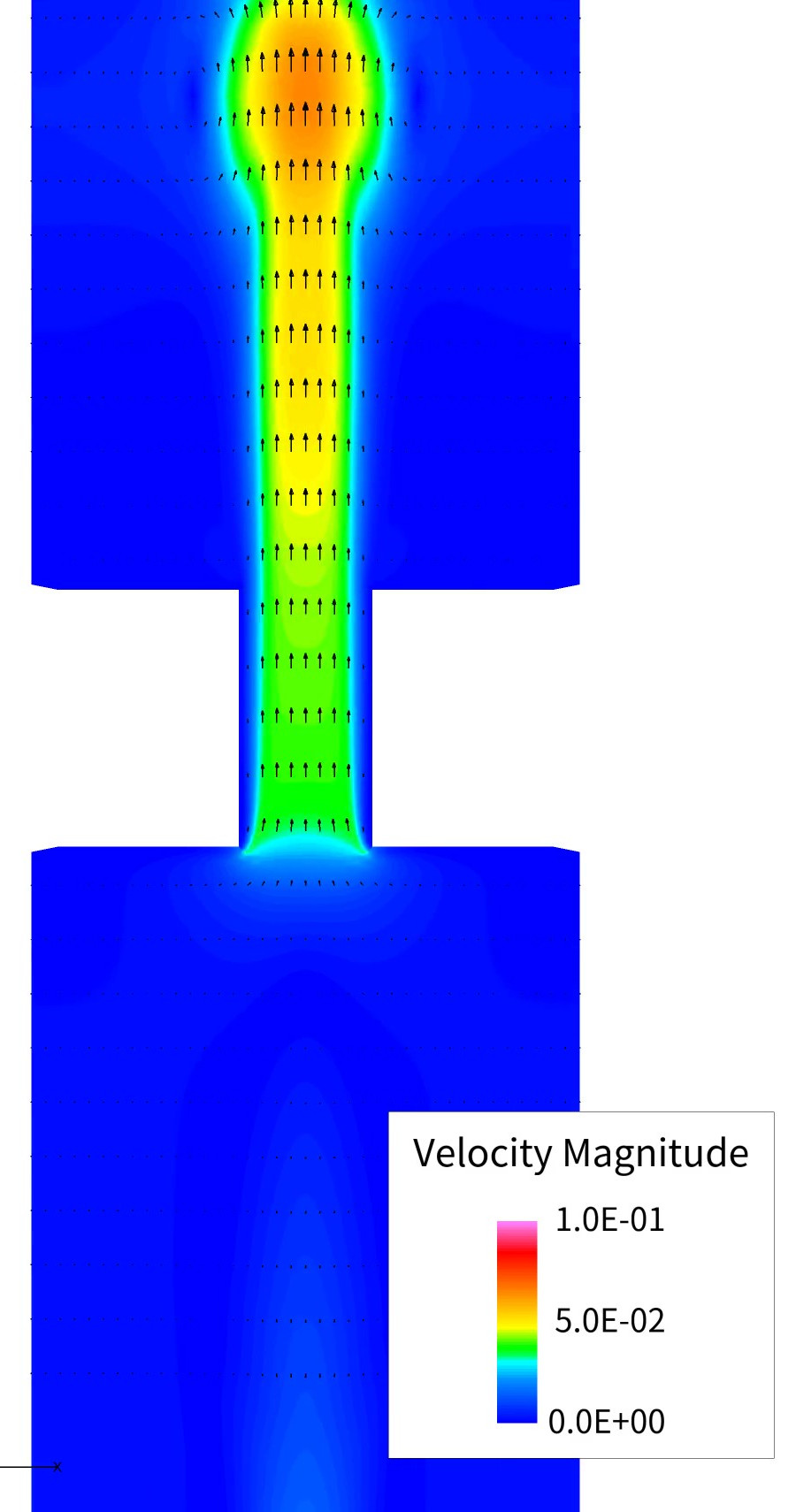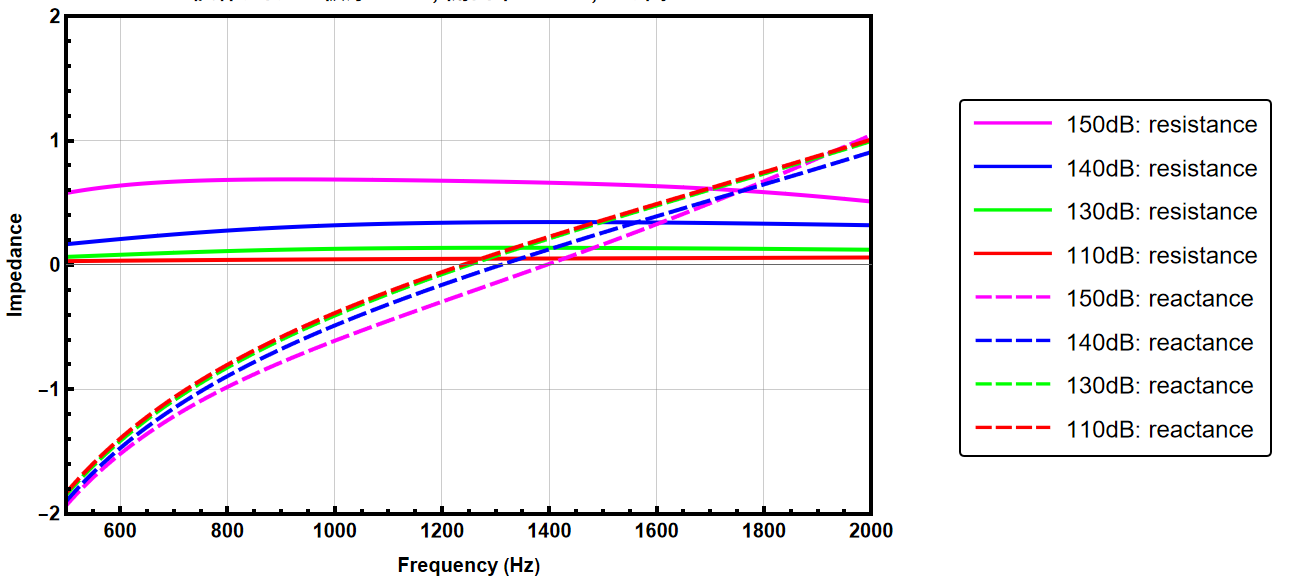Acoustic Liner Program for High-bypass-ratio Aircraft engines (acoustic performance improvement)
JAXA Supercomputer System Annual Report February 2024-January 2025
Report Number: R24EDA101C75
Subject Category: Aeronautical Technology
- Responsible Representative: Kenichiro Nagai, Aeronautical Technology Directorate, Aviation Environmental Sustainability Innovation Hub
- Contact Information: Shunji ENOMOTO(enomoto.shunji@jaxa.jp)
- Members: Shunji Enomoto
Abstract
Ultra high bypass ratio aviation jet engines have a smaller sound absorbing liner area than conventional engines. In this project, we will develop sound-absorbing device technology that provides high noise reduction performance even with a small-sized sound-absorbing liner.
Reference URL
N/A
Reasons and benefits of using JAXA Supercomputer System
To perform many LES calculations by changing the shape of the sound absorbing liner and the incident sound frequency, the calculation performance and the storage capacity of JAXA supercomputer system were required.
Achievements of the Year
In this study, we are conducting numerical simulations of the phenomena that occur when sound is incident on an acoustic liner used to reduce the noise of jet engines for aircraft. This year, we evaluated the acoustic impedance of the acoustic liner using a method that measures the transfer matrix of the acoustic liner by numerical simulation. Figure 1 shows the increase in particle velocity inside the holes of the acoustic liner when the incident sound is 110 dB. Figure 2 shows the case of an incident sound pressure of 150 dB, and it can be seen that the particle velocity that has passed through the holes in the acoustic liner is emitted as a fluid with velocity without returning to the sound pressure. Figure 3 shows the acoustic impedance obtained using this method. It was found that the trends obtained in the experiment could be reproduced, such as the fact that the resistance increases as the incident sound pressure increases, and that the reactance shifts to the low-frequency side.
Publications
N/A
Usage of JSS
Computational Information
- Process Parallelization Methods: MPI
- Thread Parallelization Methods: OpenMP
- Number of Processes: 20
- Elapsed Time per Case: 3 Hour(s)
JSS3 Resources Used
Fraction of Usage in Total Resources*1(%): 0.02
Details
Please refer to System Configuration of JSS3 for the system configuration and major specifications of JSS3.
| System Name | CPU Resources Used(Core x Hours) | Fraction of Usage*2(%) |
|---|---|---|
| TOKI-SORA | 229409.80 | 0.01 |
| TOKI-ST | 47876.17 | 0.05 |
| TOKI-GP | 0.00 | 0.00 |
| TOKI-XM | 0.00 | 0.00 |
| TOKI-LM | 0.00 | 0.00 |
| TOKI-TST | 0.00 | 0.00 |
| TOKI-TGP | 0.00 | 0.00 |
| TOKI-TLM | 0.00 | 0.00 |
| File System Name | Storage Assigned(GiB) | Fraction of Usage*2(%) |
|---|---|---|
| /home | 496.43 | 0.33 |
| /data and /data2 | 12427.14 | 0.06 |
| /ssd | 31078.57 | 1.67 |
| Archiver Name | Storage Used(TiB) | Fraction of Usage*2(%) |
|---|---|---|
| J-SPACE | 17.47 | 0.06 |
*1: Fraction of Usage in Total Resources: Weighted average of three resource types (Computing, File System, and Archiver).
*2: Fraction of Usage:Percentage of usage relative to each resource used in one year.
ISV Software Licenses Used
| ISV Software Licenses Used(Hours) | Fraction of Usage*2(%) | |
|---|---|---|
| ISV Software Licenses(Total) | 162.34 | 0.11 |
*2: Fraction of Usage:Percentage of usage relative to each resource used in one year.
JAXA Supercomputer System Annual Report February 2024-January 2025





